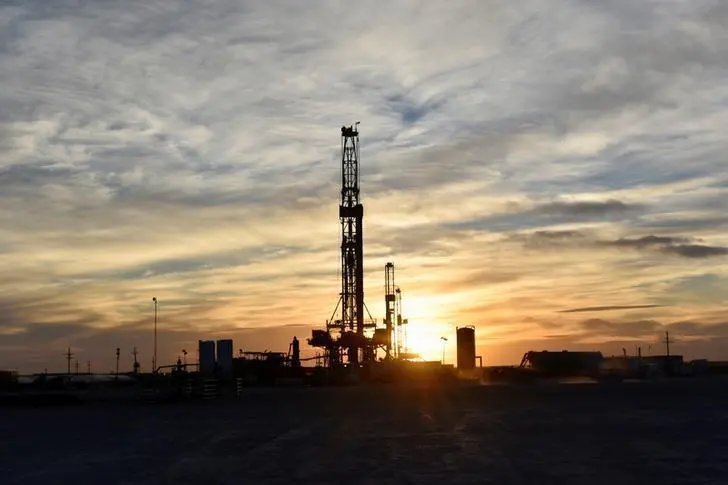PHOTO
Oil majors are targeting new oilfields that can be profitable even if oil prices fall to about $30 per barrel, using a third year of rising demand to reshape portfolios amid uncertainty over the industry's future.
Investors have not returned to oil stocks despite recent high earnings. Even the world’s lowest-cost oil producer, Saudi Aramco, has joined the rush to cut costs. The shift to fields with favorable break-even points follows deeper and more frequent boom-cycles in the last decade. It also reflects executives' belief that current high prices may not last.
"After three major oil price crashes in 15 years, there is wide acceptance that another one is likely to happen," said Alex Beeker, director of corporate research at energy consultancy Wood Mackenzie.
That uncertainty and inventor demands for returns underpin executives' focus on buying lower-cost crude production and the flexibility to adjust output in response to price swings. Exxon Mobil and Chevron last year spent more on shareholder payouts than on new oil projects, a sign of the industry's desire to regain investor favor.
The energy sector accounted for just 4.4% of the overall weighting of the S&P 500 Index of top U.S. publicly traded companies as of Jan. 30, according to S&PGlobal, down from nearly three times that a decade ago.
HIGH PRICE FOR LOW-COST OIL
Exxon, Chevron and Occidental Petroleum recently struck deals worth a combined $125 billion to acquire companies that will help them pump oil for between $25 and $30 per barrel. In Europe, Shell and Equinor are pursuing projects with $25-30 per barrel breakevens, while France’s TotalEnergies aims to get its production costs under $25.
Those low costs are about half the break-even level for oil projects a decade ago, and are about 40% of today's Brent global oil benchmark. But they are a bet that improved productivity of wells will continue.
"You get efficiency gains in every downturn cycle in activity," said Peter McNally, global head of sector analysts at Third Bridge, an energy research firm. "Rig count would still need to go up by two-thirds before you get any real oilfield inflation."
The cost imperative has led companies to conduct wholesale restructurings of their portfolios and to concentrate operations in fewer areas. They have also shed jobs and outsourced operations to lower-cost countries.
Out is some high-cost, legacy production in Africa, Canada and regions of the United States. Shell and Exxon last year sold century-old California production and, together with TotalEnergies, are seeking to exit or scale back their presence in Nigeria. Chevron has left Indonesia and BP sold assets in Canada, Alaska and the North Sea.
New production tends to be highly prolific deepwater fields, where platforms turn into cash machines once paid off, or shale, where a collection of small and easy-to-tap wells allows for adjusting volumes depending on energy prices.
"It's good business" that allows for higher profit and consistent shareholder distributions during the inevitable industry downturns of the energy transition, Exxon Chief Financial Officer Kathryn Mikells told Reuters.
Oil companies need high-return projects in order to pay investors hefty shareholder returns which totaled $111 billion last year. Those payouts took up more than half of the companies' cash flow.
"We haven't cut dividends since the Great Depression," Chevron CFO Pierre Breber told Reuters, explaining why it has focused on balancing shareholder returns with investments in low-cost oil, biofuels and hydrogen.
(Reporting by Sabrina Valle in Houst Editing by Matthew Lewis)























